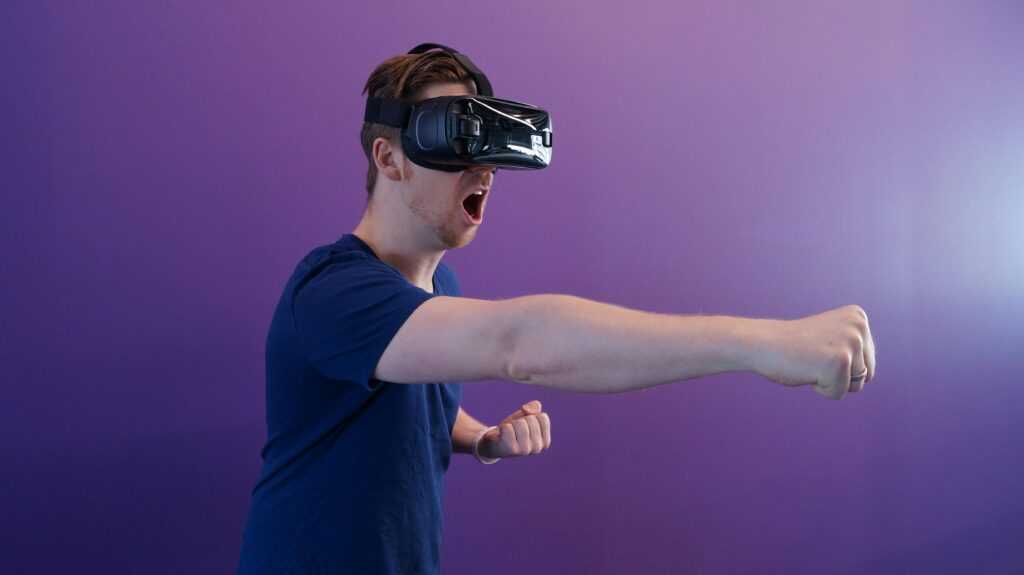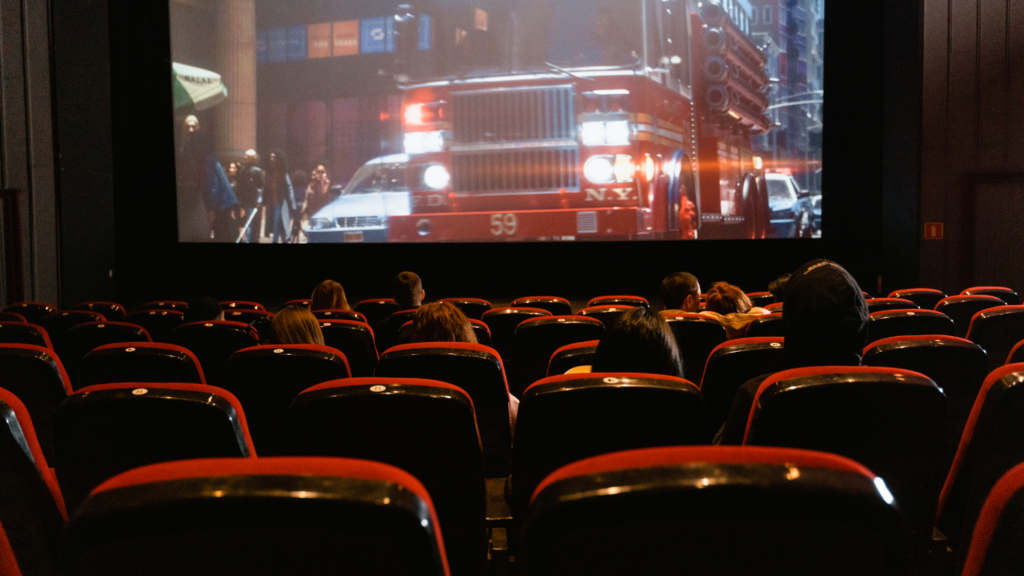Technology touches every part of our lives. And as time marches on, this influence is becoming stronger and stronger. In recent years, the metaverse has started to be introduced as a concept, and fundamental to this will be the use of virtual reality.
It may surprise some people to learn that, far from being cutting-edge, virtual reality is a concept that goes back to the 19th century. But it has only been relatively recently that technological advancements have meant it could become a reality.
Today, many sectors are starting to adopt VR, from healthcare to travel and leisure, as well as the more obvious field of entertainment.
One particular branch of this sport is increasingly recognizing how VR has the power not just to transform the fan experience but also to play a key role in enhancing the performance of players and teams.
A fan’s-eye view
Sport is unique in the way that it engages with its followers. It’s hard to think of another field in which people are passionate about what is effectively an entertainment channel.
So the closer they get to their sporting heroes and heroines, the more satisfying the experience of supporting them will be.
The use of social media has made great strides in this direction, which is why certain players and teams have millions of followers online. Virtual reality is starting to take this to a whole new level.
Some teams, such as FC Barcelona, are already starting to introduce behind-the-scenes stadium tours through virtual reality. So, wherever they may be, fans can find themselves in the dressing room where their team prepares for the big game.
Even more excitingly, they can find themselves stepping out onto the pitch with tens of thousands of other virtual fans, applauding their arrival.
Then there’s the matchday experience itself. Some big soccer games, like the UEFA Champions League final, have been available in VR for anyone with a headset. The fact that they are connected and watching online also makes sports betting a seamless and frictionless experience.
Most importantly, virtual reality makes games totally accessible and considerably more affordable than having to be there in person.
Learning from the best
There is considerable crossover between people who follow a particular sport and who like participating in it themselves. So already a few examples are springing up of players who have virtual training academies. One example is the ex-England and Chelsea footballer who set up his own VR training scheme to provide coaching tips for every player level.
While it hardly received glowing reviews when it was released in 2017, it did show the potential for future developments.
It surely can’t be long before some team allows fans to become virtual participants in an actual training session, but obviously, it is not the case in which specific tactics are discussed and practiced.
Enhanced performance on the field or court
Of course, it’s not just the followers of sport who are starting to benefit from VR technology. It’s also transforming the way that many athletes are training and working to make their performance even better.
One particular skill that is being used to develop is situational awareness. This is particularly important in sports like basketball and football, with fast-changing situations and scenarios. These can be effectively recreated in a virtual reality world, with the player reacting to see which course of action would be the most effective.
Increasingly, VR recordings of actual games are being used to thoroughly analyze a player’s or a team’s performance, along with the typical gameplays of their opponent. This can also be combined with the wealth of data generated by every sporting encounter to enable individuals to prepare better for the next meeting with that particular adversary.
Some sports, such as golf and road cycling, mean that players can compete in places entirely unknown to them. However, through VR, they can “play” the course or “cycle” the route for a particular day’s event stage before they even arrive there.
This remote experience is proving to be equally crucial for athletes who are recovering from injury. So, as part of their rehabilitation, they can still enhance skills without putting undue strain on their recovering bodies.
So it’s easy to see that VR has an increasingly important role in the world of sport. This is sure to continue and increase in the future, and that’s certain to benefit fans and participants alike.



